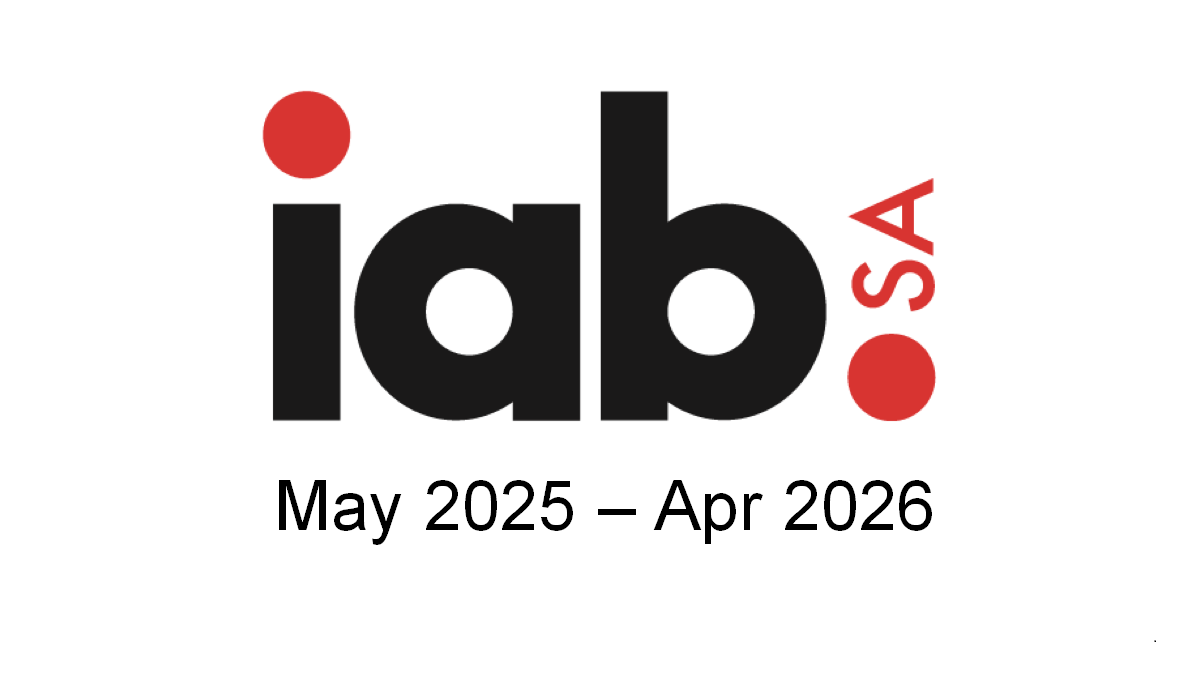Political strategists would have expected that ahead of President Cyril Ramaphosa’s globally broadcast showdown with US President Donald Trump, he would have had a thorough intelligence-driven briefing session with his advisors, working out different scenarios for the encounter and how to respond without losing face.
At the time of planning, Trump had met with Ukraine’s Volodymyr Zelensky, Britain’s Keir Starmer, and Canada’s Mark Carney, so there was ample data to study and devise strategies to counter him and control the discussion away from theatrics towards the key goals of improving investments and trade relations.
All it took was to analyse Trump’s behaviour during past meetings. He’s known for unpredictability, using shock tactics, and dominating conversations.
Recent interactions might show patterns. So, any head of state like Ramaphosa needed to be prepared for various possibilities.
Making Trump clownish
Countering Trump’s aggression requires understanding his tactics: he often uses hyperbole, personal attacks, and unpredictability.
The visitor must avoid being baited, stay on message, and use Trump’s style against him, if possible.
The scenario planning would involve anticipating different ways Trump might act and having responses ready.
For example, staying calm and composed to make Trump look like the erratic lunatic that he is. Let Trump’s theatrics undermine his credibility while maintaining statesmanship.
All that’s required is to arm yourself with succinct, data-driven rebuttals to Trump’s likely provocations. Deploy calm, factual responses to inflammatory remarks.
Short and authoritative responses like “I don’t agree with your facts” would make him become even more clownish because bullies can’t handle firm responses to their threats.
In the end, Trump appears unhinged; the visitor emerges as an “adult in the room.”
Ramaphosa appeared apologetic
But it appears Ramaphosa didn’t prefer this approach. Yes, he had clear talking points on economic collaborations and avoided rising to provocations.
He even tried to use humour to deflect. But he came across as more apologetic than firm and authoritative.
Another scenario is a balanced approach, engaging Trump directly but respectfully. This approach means appealing to Trump’s self-interest and pre-agreeing to neutral third-party mediators.
It might involve acknowledging his points but steering the conversation to mutual interests. Emphasising shared goals could work here. And maybe interrupt politely, but firmly, if he filibusters to neutralise his dominance while preserving diplomatic decorum.
This appeared to be the only trick in Ramaphosa’s hat, complete with Stellenbosch mascots who shamefully turned out to be self-interested and counterproductive, at times throwing the 64-million-strong South African population under the bus.
And there was zero firmness from Ramaphosa but a docile pushback. That’s why he failed his mission spectacularly. But there’s more.
Mastering Mandela’s approach
Ramaphosa also had the option to assert superiority by weaponising Trump’s insecurities. It requires a bit of flattery with a sting.
Nelson Mandela, Ramaphosa’s idol, mastered this approach when he engaged with his counterparts. He clearly articulated South Africa’s relations with Cuba and Libya, even in the face of America’s objections.
“Your enemies are not our enemies,” he would refrain.
That time he maintained unflinching eye contact and controlled gestures to signal unshakeable confidence.
He got his opponent cornered into defensiveness. Just look how Trump was rattled by the Qatar aircraft question, which diminished his perceived power.
And how about dominating Trump, which could be tricky?
It would require the visitor to assert authority, maybe through superior knowledge or public sentiment. But this risks escalation, so it needs careful handling.
This situation requires preparation for unprecedented aggression, which may include personal insults and threats directed at Zelensky.
The strongman narrative
Reference Angela Merkel’s 2017 icy stance after Trump’s “Germans are bad” remark. Signal resolve: “This conversation isn’t productive. We’ll resume when respect is mutual.” Frame the walkout as principled.
Trump’s playbook includes provocation, transactionalism, dominance, and chaos. And he served a full course meal on Ramaphosa, who seemed stunned like a deer in the headlights.
Occasionally he whimpered incomprehensibly. The less said about DA leader John Steenhuisen’s “good blacks, bad blacks” retort, the better.
Ramaphosa could have planned better for Trump and adapted fluidly while forcing the madman into reactive mode.
The key is to deny him the “strongman” narrative and reframe his aggression as weakness.
After all, even Trump knows there is no white genocide in South Africa. It was the easiest argument for Ramaphosa to win, and he flunked it on behalf of all of us.



